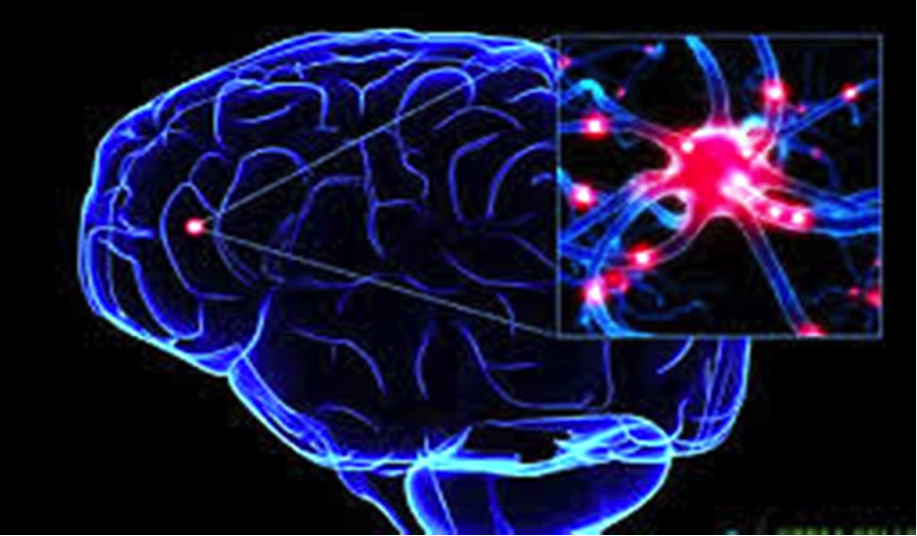
Explanations NDEs
Neuroscience research suggests that an NDE is a subjective phenomenon resulting from "disturbed bodily multisensory integration" that occurs during life-threatening events,Stage of Research NDEs
Sam Parnia and colleagues
Sam Parnia and colleagues published the results of a year-long study of cardiac arrest survivors that was conducted at Southampton General Hospital. 63 survivors were interviewed. They had been resuscitated after being clinically dead with no pulse, no respiration, and fixed dilated pupils. Parnia and colleagues investigated out-of-body experience claims by placing figures on suspended boards facing the ceiling, not visible from the floor. Four had experiences that, according to the study criteria, were NDEs but none of them experienced the out-of-body experience. Thus, they were not able to identify the figures
Pim van Lommel Reseach
Pim van Lommel Reseach, a cardiologist from the Netherlands, and his team conducted a study on NDEs including 344 cardiac arrest patients who had been successfully resuscitated in 10 Dutch hospitals. Patients not reporting NDEs were used as controls for patients who did, and psychological (e.g., fear before cardiac arrest), demographic (e.g., age, sex), medical (e.g., more than one cardiopulmonary resuscitation (CPR)), and pharmacological data were compared between the two groups. The work also included a longitudinal study where the two groups (those who had had an NDE and those who had not had one) were compared at two and eight years, for life changes. One patient had a conventional out of body experience. He reported being able to watch and recall events during the time of his cardiac arrest. His claims were confirmed by hospital personnel. "This did not appear consistent with hallucinatory or illusory experiences, as the recollections were compatible with real and verifiable rather than imagined events"
Physiological explanations
A wide range of physiological theories of the NDE have been put forward including those based upon cerebral hypoxia, anoxia, and hypercapnia; endorphins and other neurotransmitters; and abnormal activity in the temporal lobes.
Neuroscientists Olaf Blanke and Sebastian Dieguez, from the Ecole Polytechnique Fédérale de Lausanne, propose a brain based model with two types of NDEs :
A.) type 1 NDEs are due to bilateral frontal and occipital, but predominantly right hemispheric brain damage affecting the right temporal parietal junction and characterized by out of body experiences, altered sense of time, sensations of flying, lightness vection and flying
B.) type 2 NDEs are also due to bilateral frontal and occipital, but predominantly left hemispheric brain damage affecting the left temporal parietal junction and characterized by feeling of a presence, meeting and communication with spirits, seeing of glowing bodies, as well as voices, sounds, and music without vection
Neurochemical models
Some theories hypothesize that drugs used during resuscitation induced NDEs, for example, ketamine or as resulting from endogeneous chemicals that transmit signals between brain cells, neurotransmitters.
In the early eighties, Daniel Carr wrote that the NDE has characteristics that are suggestive of a limbic lobe syndrome and that the NDE can be explained by the release of endorphins and enkephalins in the brain. Judson and Wiltshaw (1983) noted how the administration of endorphin-blocking agents such as naloxone had been occasionally reported to produce "hellish" NDEs. This would be coherent with endorphins' role in causing a "positive emotional tone of most NDEs. Morse et al. 1989 proposed a model arguing that serotonin played a more important role than endorphins in generating NDEs. "at least with respect to mystical hallucinations and OBEs.










Tidak ada komentar:
Posting Komentar